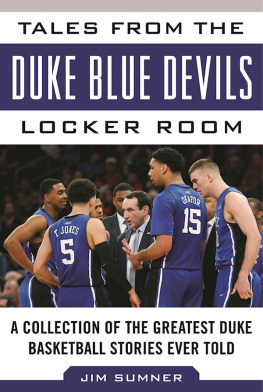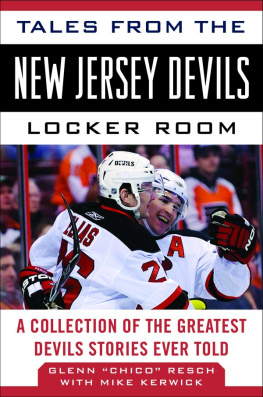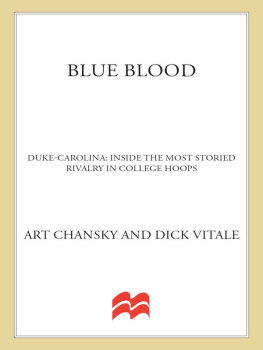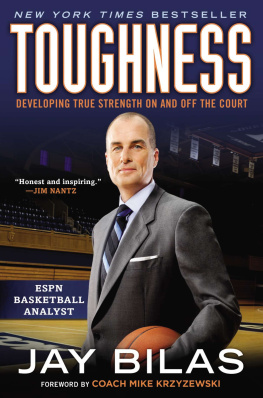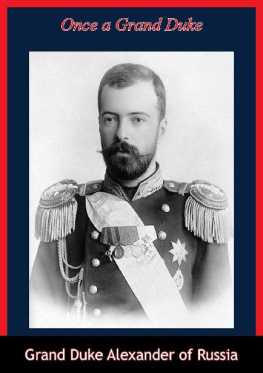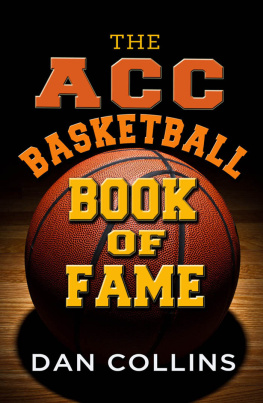Copyright 2005, 2006, 2012, 2016 by Jim Sumner
All rights reserved. No part of this book may be reproduced in any manner without the express written consent of the publisher, except in the case of brief excerpts in critical reviews or articles. All inquiries should be addressed to Sports Publishing, 307 West 36th Street, 11th Floor, New York, NY 10018.
Sports Publishing books may be purchased in bulk at special discounts for sales promotion, corporate gifts, fund-raising, or educational purposes. Special editions can also be created to specifications. For details, contact the Special Sales Department, Sports Publishing, 307 West 36th Street, 11th Floor, New York, NY 10018 or .
Sports Publishing is a registered trademark of Skyhorse Publishing, Inc., a Delaware corporation.
Visit our website at www.sportspubbooks.com.
10 9 8 7 6 5 4 3 2 1
Library of Congress Cataloging-in-Publication Data is available on file.
Cover design by Tom Lau
Cover photo: AP Images
All interior photos, except those indicated otherwise, are courtesy of Duke University Sports Information.
ISBN: 978-1-61321-957-7
Ebook ISBN: 978-1-61321-960-7
Printed in the United States of America
CONTENTS
ACKNOWLEDGMENTS
W riting and talking about Duke basketball is a labor of love for me. Making it easier was a large group of people who helped facilitate this project. Thanks to Jon Jackson and Paulette Rogers of Duke University sports information, Pam Matheson and Mary Dinkins of the Duke Varsity Club, and the staffs of Duke University Archives, North Carolina State Archives, and the North Carolina State Library.
Most of all, my wife, Ann, whose patience seems to be inexhaustible.
The majority of this book was taken from interviews with the following people who shared their time and memories: Mark Alarie, Bucky Allen, Tate Armstrong, Gene Banks, Joe Belmont, Jay Bilas, Bob Bradley, Robert Brickey, Vic Bubas, Tom Butters, Jeff Capel, Terry Chili, Matt Christensen, Marty Clark, Hayes Clement, Johnny Dawkins, Rudy DEmilio, Kenny Dennard, Randy Denton, Tony Drago, Danny Ferry, Bill Foster, Mike Gminski, Bob Harris, Bobby Joe Harris, David Henderson, Art Heyman, Grant Hill, John Hoffman, Carl James, Bernie Janicki, Billy King, Ed Koffenberger, Greg Koubek, Mike Lewis, Jack Marin, Ronnie Mayer, Dan Meagher, Gary Melchionni, Jeff Mullins, John Seward, Fred Shabel, Jim Spanarkel, Kevin Strickland, Jim Suddath, Bucky Waters, and Robby West.
The interviews listed in the acknowledgments section comprised the bulk of the stories told. Also consulted were the following newspapers: The Charlotte Observer , The (Duke) Chronicle , Durham Morning Herald , Greensboro Daily News , The New York Times , The (Raleigh) News and Observer .
Also consulted were the following books:
Barton, Don and Bob Fulton. Frank McGuire: The Life and Times of a Basketball Legend . Columbia, S.C.: Summerhouse Press, 1995.
Brill, Bill. One Hundred Seasons. Duke Basketball: A Legacy of Achievement . Champaign, Ill.: Sports Publishing, 2004.
Groat, Dick, with Frank Dascenzo. I Hit and I Ran . Durham, N.C.: Moore Publishing Company, 1978.
Krzyzewski, Mike, with Donald Philips. Five-Point Play . New York: Warner Books, 2001.
Landwehr, Hazel. Home Court: Fifty Years of Cameron Indoor Stadium . Winston-Salem, N.C.: Hunter Publishing, 1989.
McKinney, Horace Bones, and Garland Atkins. Bones: Honk Your Horn if You Love Basketball . Greensboro, N.C.: Garland Publishers, 1988.
Werber, Bill. Circling the Bases . Self-published, 1978.
Chapter 1
SETTING THE STAGE
CAP CARD
B asketball was created by James Naismith, a New England physical education instructor. It is fitting that basketball was introduced at Trinity College by a New Englandtrained physical education professor.
Wilbur Cap Card graduated from Trinity College in 1900 and went north to Harvard, where he graduated from the Sargent Normal School of Physical Education in 1902. He came back to Trinity in 1902 to become director of physical education, a position he held until his retirement in 1948.
GETTING STARTED
Cap Card introduced basketball to Trinity College in January 1906. The school newspaper, The Chronicle , explained the new sport to the uninitiated on January 30.
It is well-nigh a certainty that Trinity is to have another game added to her list of athletic sports in the near future. The game in question is basket ball, one of the most fascinating and most intensely interesting indoor sports known today. Next to football it probably holds the constant attention of the spectators more than any other game. Anyone witnessing it will never forget it. The play is extremely fast and vigorous, yet open enough for an onlooker to follow the movement of the ball and the players. In it a man of small stature has about an equal chance with a larger man; yet, of course an extremely quick, large man has somewhat of an advantage over an opponent of smaller size. Basket ball should appeal to a larger number of students than does base ball, for although it requires a great deal of skill, it is more readily adapted to unskilled players than is that game. Yet not everyone is a successful basket ball player, for everyone does not possess great activity, nerve and endurance, the three prime essentials of a good player.
THE FIRST GAME
After just few weeks of practicing, Trinity decided to test its mettle against the outside world. The first intercollegiate game was played March 2, 1906, and the opponent was Wake Forest College. The game was played in the Angier B. Duke gym, a tiny facility, which measured only 32 feet by 50 feet. Wake Forest had more experience than Trinity and easily handled the less-experienced Trinity team 2410. Wake led 183 at the half.
The Chronicle wrote, Trinitys defeat was due largely to the inexperience of the team, this being the first intercollegiate basketball contest in which she has ever engaged. Lack of confidence on the part of the home team made itself very evident in the first half. The game was an unusually clean one from start to finish. Very few fouls were called, and roughness was rare.
H. E. SPENCE
One of the participants offered his assessment of the first game. Trinitys H. E. Spence wrote in the 1950s, [I]t was very difficult to throw goals when your guard was tattooing your ribs with his elbow, bumping you with his hip, stepping on your toe or grabbing you by the belt. The only fouls which were certain to be called were when two men ganged up on one, or when a man put both arms around the man he was guarding. Otherwise, he could hold, push and pull all he pleased. There were few fouls called for hacking, tripping, blocking, charging or even cross-hipping.
GOING SLOW
Trinity maintained a low profile in basketball for two decades. Cap Card coached only 47 games in seven seasons before giving up the coaching position. Trinitys schedule included a handful of high schools and YMCA teams.
Card was replaced by a succession of coaches, 10 between 1913 and 1928. The opponents were all local. Trinity occasionally played teams from neighboring states but didnt play a team from out of its immediate geographic area until the 1920s. Trinity did win 20 games in 1917, against only four losses. However, nine of the wins were against YMCAs or athletic clubs.
NOT MUCH OF A RIVALRY
On January 24, 1920, Trinity played its first game against the University of North Carolina, located only eight miles to the west. The DukeNorth Carolina series is widely regarded as college basketballs top rivalry, but the beginning of the rivalry was inauspicious. North Carolina won the game 3625.

